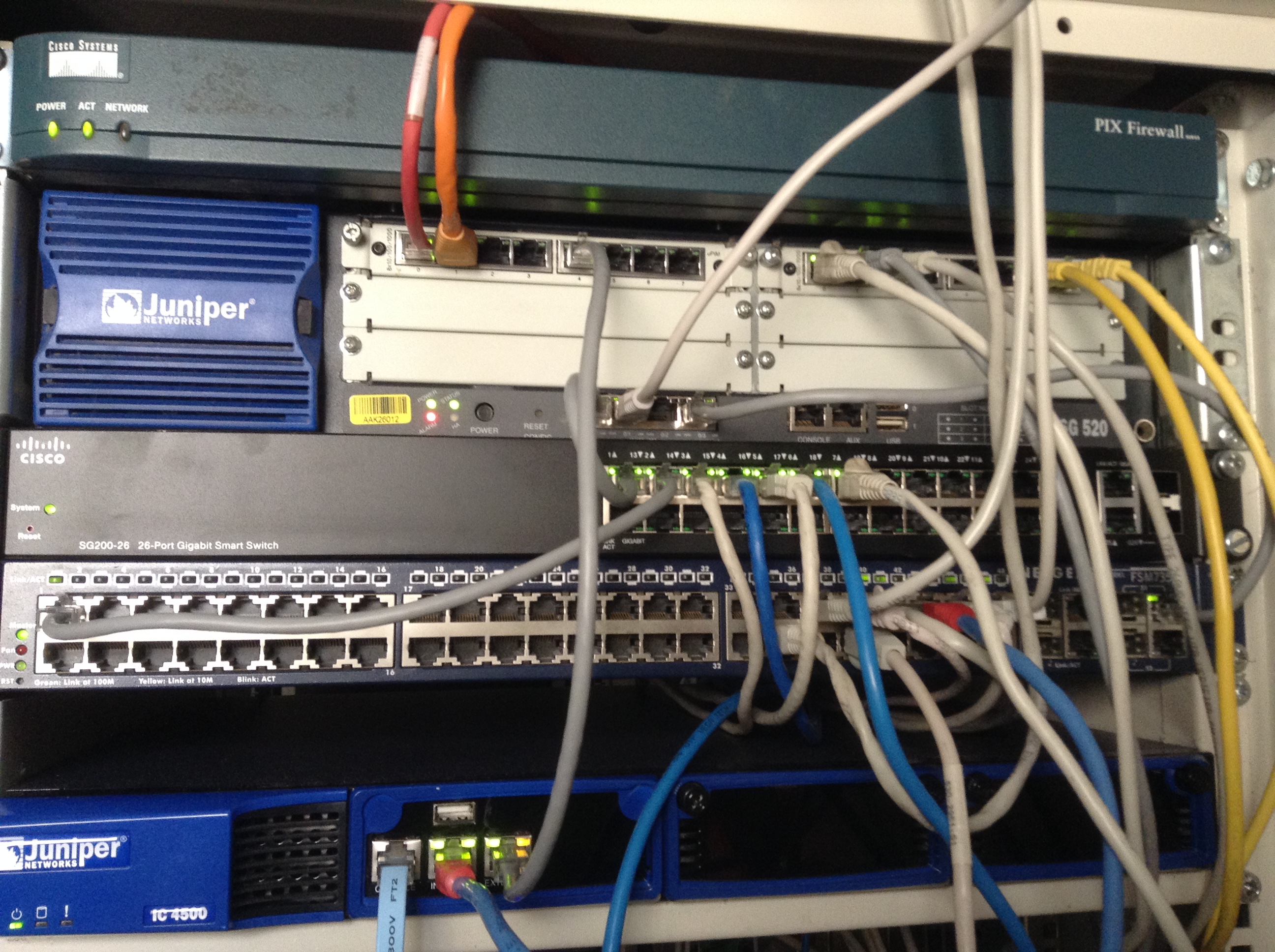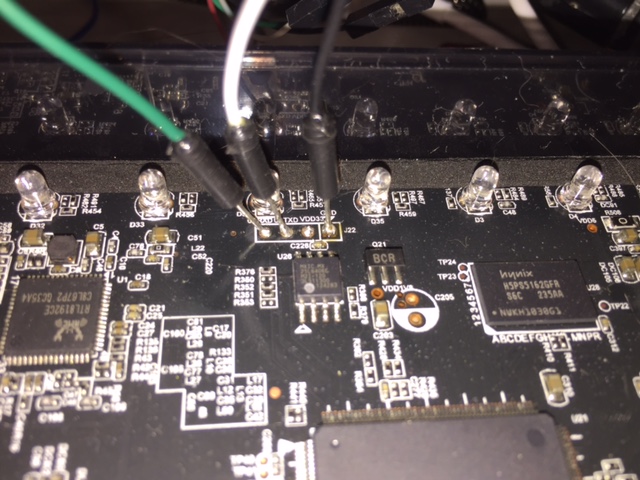This article deals with the first of two very emotional subjects and states which whilst are separate conditions/issues are extremely closely related, and in my unqualified non professional opinion, one can lead to the other and visa-versa. The second article covers Victim Mentality, Saviour and Martyr Complexes.
Trauma Bonding
Is Your Tightest Friendship Nothing More Than A Trauma Bond?
If ever there was a time when it is recommended that you read an article when you’re in a pretty good mood (meaning, not easily triggered) and you can be uninterrupted so that you take some time to process all that’s been said, this would be it. If you are a victim you will find this article applies to you, and expect an ‘Ah-ha moment’ ..
I mean, who ever really goes into a relationship or friendship, thinking that it is to be based on some form of trauma? And yet, whether a lot of us want to accept it or not…that is exactly what some of us do. Often. In part, because we don’t get what a trauma bond actually is and/or how to avoid cultivating one before we find ourselves feeling wounded, heartbroken and/or devastated.
And here’s the real trip of it all. While I’ve experienced a few trauma bonds with past romantic relationship (that I have written about 10+ years ago), often folks don’t realise that where they tend to be highly prevalent is in platonic situations. When your close friendships are toxic, that tends to affect, infect and negatively influence you in ways that you don’t even realize—until you break free, and even then you may question your own self worth and wonder if it was you all along.
What Exactly Is a Trauma Bond?
” Trauma bond” is the kind of phrase that’s used so much that it has taken on a lot of meanings. While I do personally think that an extension of a classic trauma bond is when two people connect on nothing more than unhealthy habits and/or brokenness and/or toxic personality traits (which means they aren’t building on anything healthy, purposeful or meaningful), that isn’t what a true trauma bond is all about.
A trauma bond is when a narcissist finds a victim to bring into their world and then manifests a cycle of abuse that becomes so unbelievably insane that:
1) it’s hard for the victim to even grasp what is going on, and
2) even once they do, they don’t really know how to get out.
Keeping this in mind, in order for a trauma bond to make even more sense, we should break down what some traits of a narcissist actually are.
A narcissist will generally have these traits:
- Needs constant praise
- Is an ego maniac
- Intimidates and belittles others
- Is apathetic
- Makes everything be about them
- Feels envious of others
- Is obsessed with power, beauty and/or success
- Is a snob (thinks only certain people are “qualified” to be in their intimate space)
- Idealizes relationships in a way that is unrealistic
To explain, “needs constant praise” is very easy to spot as everyone likes some sort of praise and validation, however when you that to other things in the list it becomes more of and issue. “is an ego maniac” this can be quite difficult to see and realise in some people, others it can be “punch in the face obvious”, the less obvious ones tend to be those that who when put in a group of people will end up being “top dog” or “team leader” even if it is clear that is not their roll. It follows on to the intimidates and belittling of others, to gain the position of “top dog” they will identify any threat to their position and undermine them often in very subtle ways. They will almost always turn nasty or “walk way” from a team or group if their tactics don’t work. Unfortunately, and conversely when they succeed in their attack on another member and force them to leave or accept a different position within the group they will be empowered to attack others who may challenge their assumed authority.
Another big red flag (something the Donald Trump example below shows) is how they will be apathetic to you in a conversation about your problems, but will manipulate the conversation to being about them. This can be rather disconcerting if you see it, you will come away from a conversation where you confide in that person something that is disturbing you (eg, your job, your partner, your health etc) and they will over a very short time of conversation turn the entire conversation in to being about them and there will never be a “back to your issue” moment. Any attempts for you to steer the conversation back to your problem will result in an apathetic response. (As an amusing aside it would be interesting to me to respond in an identical way to the person, and see what happens.. i.e. two narcissists trying to one up each other.)
The classic narcissist always is envious of others, particularly the power, beauty and success of others, this leads to their obsession with the same and often will use tactics of putting others down in their target obsession to make themselves “more successful”. In the case of them meeting someone who is publicly considerably more successful they will move to the final red flag, they will idolise any relationship with that person in an unrealistic way. For example, groupies referring to their pop idols as friends just because they liked a photo they posted to social media.
A prime example of a classic narcissist is Donald John Trump. And while there are a billion and one reasons why that man has been able to get away with as much as he has, a big part of it is because so much of the USA politically is trauma bonded to him. For whatever the reason, they initially found him to be charming and/or funny and/or intriguing, he manipulated that, then proved himself to be nothing that he promised. Yet, because certain folks made him up to be something bigger in their own minds, they remained loyal anyway. They remain trauma bonded.
OK, but how does this all happen? Outside of political mayhem, how can people who seem to be really smart and self-aware still find themselves caught up? That’s a really good question.
How Do So Many of Us Get Caught Up in a Trauma Bond?
When it comes to how a person either becomes a narcissist or involved with one, it typically has to do with one’s childhood. Oftentimes, narcissists grow up feeling abandoned or not properly nurtured in some way, so they create a really toxic way to self-preserve and self-persevere.
On the other hand; a victim of a narcissist can often be because they were raised by a narcissist this is because as children, we want (and deserve) to be loved. It is also my belief that narcissism is learned behaviour and therefore a child exposed to a narcissistic upbringing can learn the behaviour as normal, and therefore propagate the behaviour. The obvious problem at this point is telling victim from perpetrator, and in my experience (having now been exposed to two definite narcissists) is that the perpetrator having been a victim knows just how to use victim blaming and transference to hide/divert attention from their own abuse of their victim to make it seem the victim is abusing them.
So with that breakdown, it might make sense how you can have a tight trauma bond with someone who you consider to be a really close friend. However, if that friend is a narcissist, then already something is “off”. That said, do me a favor and think about the people who you consider to be in your inner circle. Do they have a huge ego? Do you find yourself praising them as they belittle you? Do you have moments when it seems like they are a closet hater or envious of you (check out: Five signs your friends are envious of you)? Are you way more “into them” (committed, devoted, supportive) than they are into you? Do they not seem interested in understanding what you need and how you feel?
Deeper still, have you not even really stopped to consider all of this because, up until now, the amount of time, effort and energy that you’ve put into the relationship has caused you to keep enduring what they are dishing out because you’ve chalked it up to being “That’s just how they are” with a dash of ill-defined loyalty to them and the friendship?
Matter of fact, have you even stopped to ponder if you’re even happy and fulfilled in your friendship? Because unfortunately, a lot of us seem to feel like that way of thinking should only be reserved for romantic relationships (or perhaps even professional ones), when the reality is you deserve to be happy, fulfilled and nurtured in every single relationship you’ve got. So, if all you and yours have are “all these years”, no matter how much you love and care about them, not only is that not a good enough reason to remain in the relationship, chances are, you are subjecting yourself to abuse—a trauma bond.
If this is the case, suggesting that you quit the relationship will usually result in a disproportionate response (eg: they will immediately suggest the way forward that full blocking on all forms or social media and never to speak again etc..) Whereas when you actually do terminate the relationship they will attempt to hold on to it for as long as possible usually by lies, deceit and by not returning any property borrowed… this will over a short period of time get more and more abusive the more you attempt to resolve any outstanding issues until finally you will be in a position where for your own safety you will need to walk away and block said abuser from all forms of communication. You will then find if you have any shared groups of friends or organisations you will be systematically attacked/provoked and isolated until you find you have no other option but to leave said groups and friends.
What Does a Trauma Bond Between Friends Look Like?
If some of this is rattling you a bit and you would like a little more info, just to be sure, here are some signs that you could have a trauma bond with a so-called friend:
If your friend:
- Guilt trips you into getting you to do what they want you to do
- Uses manipulation to get what they desire
- Makes you feel uneasy or uncomfortable in some way and, if you bring it up, they not only attack you for doing so but find a way to make you feel like a bad person for even mentioning in.
- Rarely takes accountability and responsibility for the wrong that they’ve done and, if they ever do, the remorse seems fake.
- Never wants to deal with real issues within the relationship.
- Has unrealistic expectations and/or are hypocritical in the sense that they expect you to do what they are unwilling to do in the friendship.
- Is never wrong
- Is hypersensitive and/or super defensive most of the time.
- Is self-righteous.
- Hurts you, deflects, and then hurts you again (especially if it feels like a pattern)
While none of us are perfect (and anyone who feels otherwise about themselves; they too could easily fall into the narcissism demographic), if you’ve got someone in your life who you could easily check off 3-5 of these traits—while it might be a bitter pill to swallow, you very well could be involved with narcissist. Not only that but you could very easily be trauma bonded to them as well. Of course if you can checkoff 7+ Its pretty much a certainty (for example one recent one for me checks off at least 8.)
A clear sign that there is some trauma bonding going on is if you read this, you feel a pit in the bottom of your stomach, and yet, your immediate inclination is to defend your friend or the dynamic rather than figure out a way to actually grieve the reality, heal yourself and set up some firm boundaries. It is also as likely you will be reading this and thinking, “thats what they said about me” or “was I doing that?”
I speak from personal experience when I say that, being in a relationship with a narcissist is a vicious cycle that absolutely will not change until:
- they are forced to face some consequences of their actions, and
- they get some assistance from a reputable counselor or therapist.
Please never forget that it’s pretty close to impossible for a narcissist to heal on their own because they’ve got to be humble enough to recognize that something is wrong with them and humility is a trait that narcissists simply do not have.
How to Heal from Breaking a Trauma Bond.
So, what are you saying, Meesh? If I’ve got a trauma bond with someone, I need to cut them off. No, I don’t necessarily recommend that you be as “abusive” to a friend as they’ve been to you. What I will say, though, is if it is now abundantly clear that you’ve been in a relationship with a narcissist, why would you want to keep them in the honored and privileged space that really belongs to those who are going to love you right and well?
You, however, should take some time away from the “friend”, so that you can figure out what you want and need, what the counterproductive patterns have been and why you tolerated their bull**** for so long, and even whether you want to allow them in your life at all. It can help to journal out where you think your codependency in this area stems from and how long it’s been going on. If you do decide to keep them around you need to establish firm and necessary boundaries with them in order to protect yourself from further harm. It can also be smart to come up with your own definition of what a real friend means to you.
Something I have done in the past for romantic relationships (usually part of counselling) is creating pros and cons lists. There is absolutely no reason why you can’t do the same for a friendship as well as it is just another form of relationship. So for the friend who you think you are so close to and love so much, figure out the great things about having them in your life and the not-so-awesome ones.
Ask yourself if you’re “in this” because that’s just the way it is because you are afraid of what life looks like without them or you don’t really have any other friends but that friend. If any of those reasons resonate, give yourself permission to accept that they simply aren’t good enough. You should never remain in a friendship merely out of habit, fear, or loneliness. Besides, it’s not until you remove yourself from your emotional abuser that you can get into friendships that are better for you anyway. Also be acutely aware, that often narcissists (particularly the paranoid narcissist) will isolate you from any friends and family so you have to rely on their “friendship” and their friends.
The second article I am writing referred to at the very start covers the Victim Mentality, Saviour and Martyr Complexes which narcissists can also use as a method of manipulation and pulling you into their control (See: Martyr Narcissism)
Shout out to xoNecole as a considerable amount of this article comes from there.



